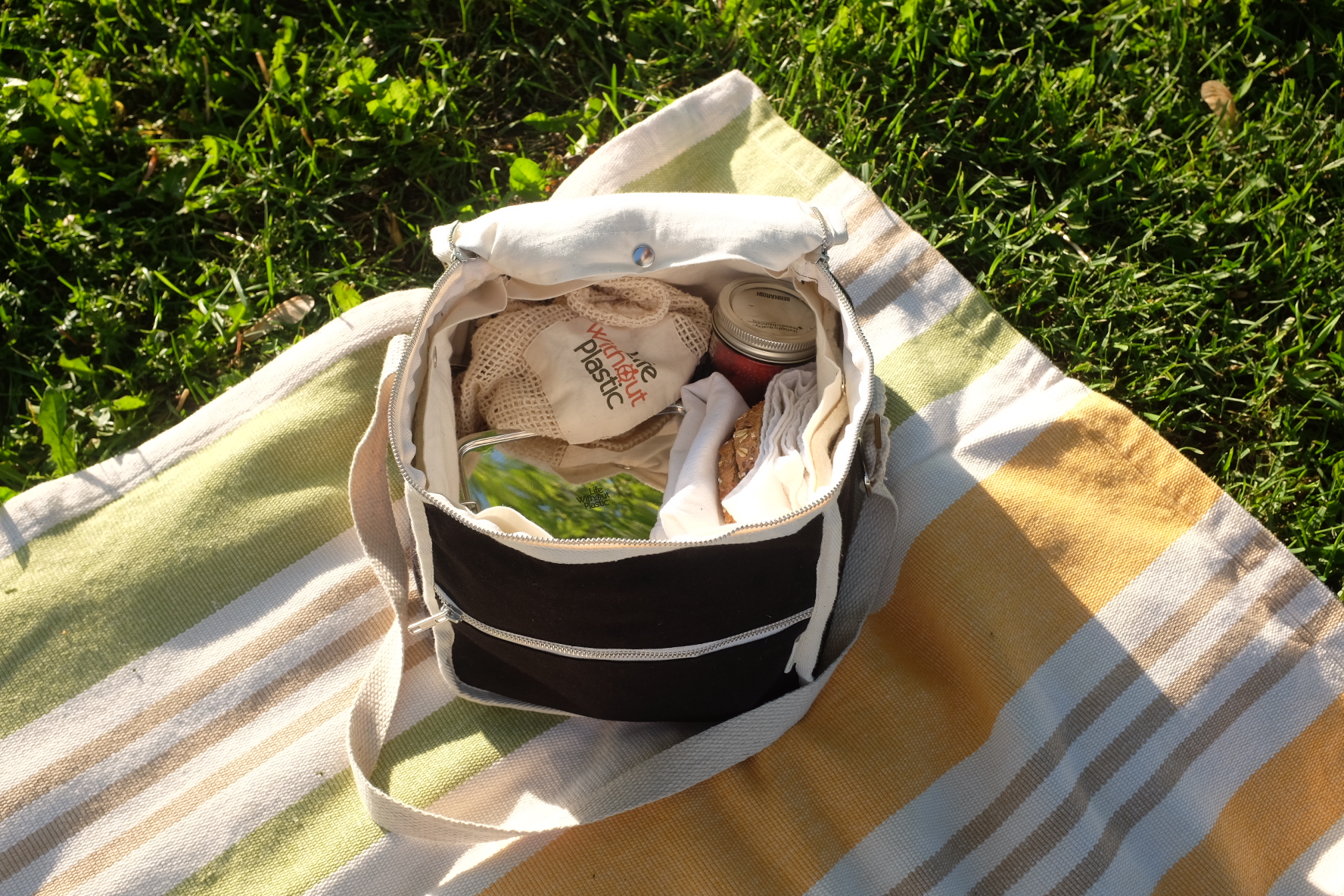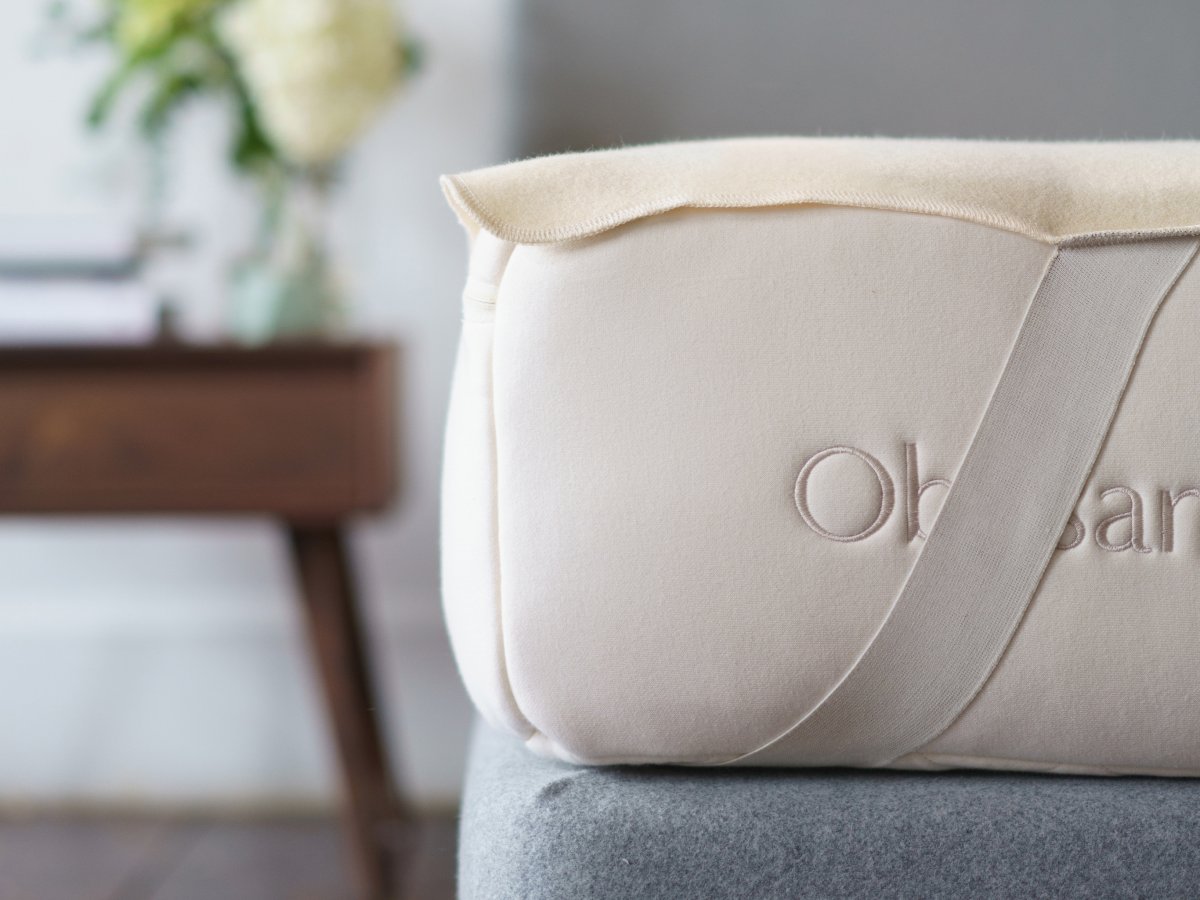Does This Lunch Bag Symbolize Where Product Design is Heading in This Climate Change Era?

As environmentalists, business owners and worried citizens, we believe the foundation of solutions to climate change and this environmental crisis will consist of small, simple changes by everyday individuals and businesses, coupled with broad systems change. In her recent speech at the Brilliant Minds conference, wise-beyond-her-years youth climate activist Greta Thunberg stated, “I know we need a system change rather than individual change. But you can not have one without the other.”
Gone are the days when waste can be generated without repercussions, when emissions are not a concern, and a sustainable mindset is viewed as ‘hippie’. We now know that we must put sustainability at the forefront of every sector and in every decision.
For us, as an online eco-friendly store, LifeWithoutPlastic.com, we decided to push our own boundaries. For our business, plastic-free, safe, high-quality and ethically made are core criteria. For some eco-businesses, that would be enough. But we continuously push ourselves to go further… how else can a society progress…right? We set out to create a truly “cradle-to-cradle” product.
In 2017, we decided to create the first 100% plastic-free, insulated, machine-washable lunch bag. It sounded crazy to us that such a product did not exist. Yet, from aisle to aisle of department stores, back-to-school sections, and home office stores, we kept finding the same thing: supposedly “eco-friendly” reusable lunch bags made of cheap plastic that will inevitably end up in the landfill.
We, as humans, have dug ourselves into a plastic crisis, and it’s everyday items – like the lunch bag – that must transform if we want to dig ourselves out of it. Plastic pollution is a global threat. It is threatening the health of our planet, and the health of wildlife and humankind as it infiltrates the global food chain. A recent comprehensive analysis of the fate of all plastics produced to date estimates that if current plastic production and waste trends continue, 12 billion metric tons of plastic waste will end up in landfills or the natural environment by 2050 (source: Geyer et al. in Science Advances). Plastic foam-insulated lunch bags contribute to this problem by being practically non-recyclable and having a relatively short life-cycle due to the difficulty of repairing and cleaning them properly.
So, in 2017, we took to Kickstarter to create a genuinely sustainable lunch bag, one that was not just plastic-free, but a cradle-to-cradle product, made of wool and cotton leftovers from a local mattress company’s manufacturing process.
Cradle-to-products challenge the status quo of eco-responsibility in the business world. They challenge not only how products are made, but what they are made from. Also called regenerative design, cradle-to-cradle product design is concerned with a whole system approach to design. Most products we see in any given store are ‘cradle-to-grave’: products designed with raw materials destined to end up in the landfill later. In a world of products that are designed to become obsolete, to break and to wear down, cradle-to-cradle products challenge the status quo.
When we set out to create this lunch bag, we partnered with Obasan, a dynamic organic mattress company based in Ottawa, Ontario, Canada, to reuse the organic wool and cotton cutouts discarded during Obasan’s mattress manufacturing process. These fibers are repurposed into thick insulating panels that fit snugly into built-in pockets sewn inside the bag. The panels are easily removable, making the bag machine-washable.
Cradle-to-cradle is a design concept inspired by nature. In nature, there is no waste. In their 2012 book, Cradle-To-Cradle: Remaking The Way We Make Things, Michael Braungart and William McDonough said:
“Everything is a resource for something else. In nature, the “waste” of one system becomes food for another. Everything can be designed to be disassembled and safely returned to the soil as biological nutrients, or re-utilized as high-quality materials for new products as technical nutrients without contamination.”
For this reason, and many more, we prioritized organic cotton in creating our lunch bag and other products. A significant effort in the organic movement is to use growing systems that replenish and maintain soil fertility and build biologically diverse agriculture using far less water than traditional growing techniques. Despite all the reasons to use organic cotton, less than 1% of all cotton grown is organic. Simply put, how can a growing practice that takes takes takes from the Earth without replenishing be considered sustainable? We are living on a planet with finite resources after all.
This bag took over a year to perfect, required Kickstarter funding, intense research and public support, but we finally brought it to life, and it’s genuinely one of a kind.
In this environmental crisis, every single industry plays a role. We must prioritize durable products that do not deplete natural resources, rid ourselves of the disposable mindset, and be conscious of the impact our buying choices have on the planet. To us, cradle-to-cradle products emphasize a holistic business practice – one that recognizes we are living on a finite Earth and that infinite wants are not feasible.
It might be a simple symbol, but to us, our Clean Lunch Bag represents where product design should be heading. We hope this product and its conscientious design help inspire a new wave of product design.

